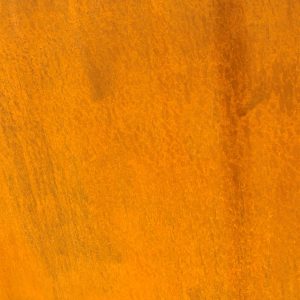Kitchen plinths, or kickboards, are a small but very important part of the kitchen. It’s one of those areas you’ll rarely notice unless you go for a character material, but you’ll definitely notice if a kitchen doesn’t have them.
You may have spent thousands on a kitchen and days fitting it but it won’t be complete until these small jobs are done.
It is one such small job we will be covering today.
What’s a kitchen plinth?
A kitchen plinth, also known as the kickboard, is the narrow piece of wood, metal or plastic that fits between the base of kitchen cupboards and the floor.
They are a small, but very important part of a kitchen and are one of those finishing touches that deliver much more than the sum of their parts.
Typically, a plinth will be provided as part of the kitchen and will be installed by the fitters.
You can level up your kitchen plinths with custom options like aged copper or aged brass to create a talking point.
Do you really need a plinth?
Kitchen plinths are one of those elements you’ll notice if it isn’t there rather than making a statement on its own.
You can make a statement with a custom plinth, but otherwise, it will usually match the colour and material of the kitchen cupboards and doors so will be largely invisible.
That said, you can add a wow factor by making them stand out by changing the material into something like aged copper or aged brass, adding lights or something else.
How to install your kitchen plinth
Kitchen plinths will typically be installed along with your kitchen, but if you’re opting for custom plinths, you may need to fit them yourself.
Fortunately, it’s a very straightforward job that anyone comfortable with basic tools can do.
The installation process looks a little like this:
Measure twice
Accurate measurement is the cornerstone of good DIY. That’s true here. Measure your existing plinths so we can cut your new ones so they fit exactly.
An exact fit will make installation much faster and easier as they should slide seamlessly into place without any adjustment.
If you order custom plinths from Halman Thompson, we precision cut every item to your exact measurements so accuracy is key!
If you’re doing it yourself, cut your plinths to size and refine all the edges so they look presentable.
Make sure that any finishing is on the outside and any cuts will be on the inside or otherwise invisible. This may take a little planning, but is essential to preserve the look of your kitchen.
Repeat for all your plinths so they are all ready for the next step.
Fit the plinth clips
Most kitchen plinths will attach using clips that secure to the cupboard feet. It’s a simple system that holds the plinth securely into place but allows easy removal for cleaning or maintenance.
Once you have measured and cut your plinth, you’ll need to offer it up to the cupboard and mark where each foot will meet the plinth.
This is where you’ll attach the plinth clips so accuracy is again key.
Measure twice, drill, mark or screw once.
Depending on the material of the plinth, you may be able to mark where the plinth clip should go and screw it into place.
You can mark with an awl and screw into place for wooden plinths.
Offer up your plinth again to make sure the clips are in the right place.
Repeat the process for all plinths.
Install the plinths
Once you have cut all your plinths to size and attached your plinth clips, it’s time to install them.
Offer up each plinth and attach the clip to the cupboard feet with a firm push.
If you measured accurately, it should require no more than that firm push to attach it into place.
Work your way along the kitchen making sure all cuts are invisible and each plinth fits closely together.
Once done, stand back and admire your work!
Kitchen plinths
As you can see, installing kitchen plinths is a very straightforward job that can be done with ease.
As long as your measurements are accurate and you’re methodical in your approach, you don’t need advanced DIY skills to tackle this job.
Better still, contact Halman Thompson and order your custom kitchen plinths today and we’ll do a lot of the work for you!
We’ll cut them to size, prepare the exterior surface so it looks amazing and even pre-drill screw holes for the plinth clips. What could be easier?
Buying your Kitchen Plinths from Halman Thompson
Buying kitchen plinths from Halman Thompson is a simple process, it will be made to measure, with the exact finish you requested.
Your kitchen plinth is laser cut your to your exact dimensions, including holes for cables, pipes, lights or anything else you require.
Once cut, Halman Thompson will prepare the metal and apply the aged look as required. Each plinth is finished with a tough, transparent lacquer to help preserve and protect it.
When you receive your new metal kitchen plinth all you need to do is attach it to your wooden kitchen plinth by gluing or using an adhesive to secure it in place.







